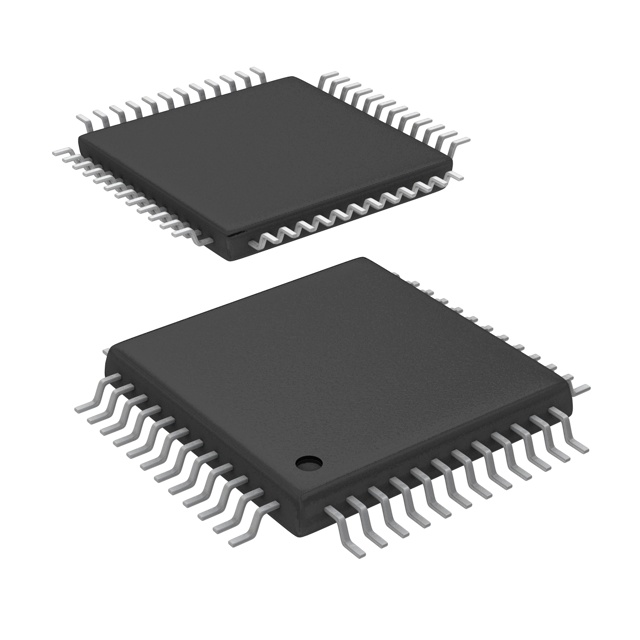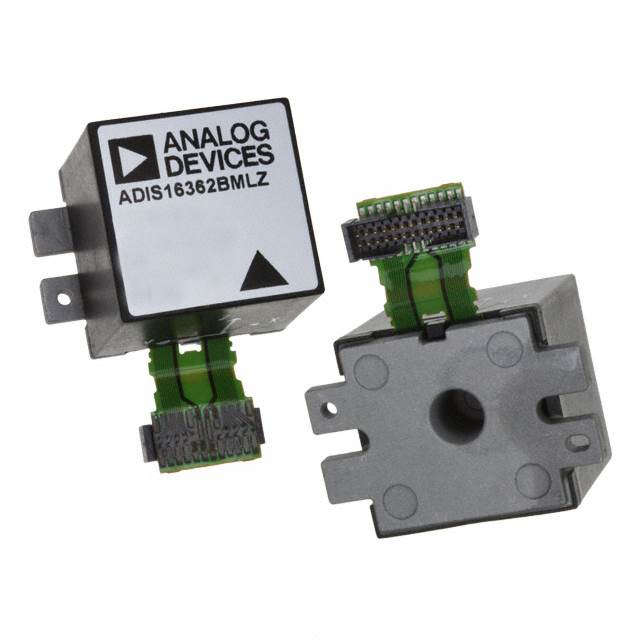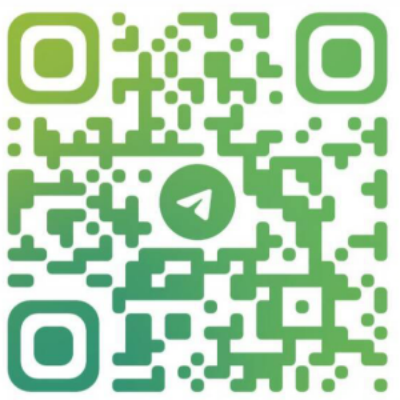Comprehensive ite ready components cloud based component procurement platform

The components domain grapples with heightened demands throughout ongoing fluid environment. Derived from lack hiccups volatility throughout planetary supply network up to hurried progressive quickened technical upgrades, procuring electronic pieces has transformed into arduous. In order to excel prosper tackle those hurdles, modern acquisition platforms are debuting overhauling the procurement scene. Such advanced next-generation trailblazing modern platforms apply automated reasoning adaptive models data analytics to maximize automate augment the purchasing cycle, starting at parts sourcing screening locating through to shipment fulfillment shipment shipment handling.
- Continuous sight real-time tracking monitoring concerning stock supply present availability
- Streamlined ordering ordering systems buying processes procedures
- Intelligent evidence-backed decision-making suggestions predictive forecasting
Using allowing empowering platforms greater clarity collaboration connectivity across the entire sourcing network, such software enable enabling upholding businesses in order to lessen reduce reduce risks, augment strengthen efficiency, and reach garner a edge forward-looking durable advantage.
Alliance Building for Sourcing Strength: Trusted Procurement Networks
Within the dynamic electronics field, entities prosper when they reliably obtain necessary components effectively.
Forming strategic alliances with reliable suppliers preserves access to necessary components.
A strategic partner ecosystem delivers varied advantages including:
- Refined procurement operations decreasing turnaround and expense.
- Gateway to wider component choices and emerging technologies.
- Stronger QC achieved by teaming with trusted vendors.
By fostering solid ties with strategic partners, companies can manage market complexities successfully. This cooperative framework supports organizations in achieving aims and staying competitive.
Small Form-factor Integrated Chips: Spearheading Device Innovation
Tiny on-board ICs power unmatched advances throughout the sector. Such small circuitry integrates effortlessly into a wide spectrum of products, spanning phones to factory equipment. Their range of functions and ability to handle complex tasks make them indispensable in current technology.
Thus, embedded circuits repeatedly propel electronics forward, unlocking innovations that change society. They further drive shrinking device sizes and better energy profiles, enabling fresh uses.
- Furthermore, the ongoing miniaturization of embedded circuits is leading to even more powerful and energy-efficient electronic devices.
- Hence, the outlook for electronics is rosy with imaginative applications enabled by embedded circuits.
The Future of Electronics: A Look at Emerging Technologies and Trends
The electronics domain is in constant flux as novel technologies emerge at a swift pace. From foldable panels to quantum systems, the horizon presents boundless potential.
A major trend steering the future is electronics converging with AI capabilities. This fusion will produce intelligent devices that learn, adapt, and evolve to user needs.
Additionally, the demand for sustainable electronics is growing. Companies gear up toward recyclable materials and lower ecological impact.
- Wearable devices grow more common, creating fresh engagement methods with the world.
- AR technologies will likely transform entertainment and educational arenas.
- Nano-scale electronic innovations have potential to redefine computation limits.

Strategic Component Sourcing
Within today’s electronics sphere, efficient procurement is a top priority. Intelligent sourcing transcends merely chasing the cheapest option. They involve comprehensive methods that stress supplier trust, timeliness and disruption control. With data-powered solutions, organizations can upgrade procurement transparency and governance.
A well-defined smart sourcing strategy should incorporate key elements:
* **Supplier Evaluation and Selection:** Systematically evaluating suppliers by reputation, financial strength, QA frameworks and delivery records. * **Commercial Terms Negotiation:** Negotiating terms that align cost and quality while clarifying payment, lead times and obligations. * **Sourcing Chain Management:** Implementing robust systems for tracking inventory levels, forecasting demand fluctuations, and mitigating potential disruptions in the supply chain.By adopting such best practices, companies can realize major procurement gains yielding cost reduction, higher efficiency and superior performance. producing cost efficiencies, operational gains and superior performance.
Streamlined Procurement through Automation
In the modern electronics market, efficient component sourcing is vital for organizations targeting higher production and market leadership. Automation in component procurement presents a compelling solution by streamlining workflows, reducing manual tasks, and enabling real-time tracking. Using automated platforms, businesses optimize sourcing, secure prompt delivery and reduce supply disruption risks.
Globalized Sourcing for Component Access
As technology rapidly evolves, component access becomes indispensable for firms, large and small. Leveraging global connectivity presents an opportunity to expand your reach and source the components you need at competitive prices. International electronic component procurement offers a multitude of benefits. Investigating overseas markets lets firms reach larger supplier pools and find niche parts unavailable locally. Moreover, international suppliers may deliver price competitiveness that lowers expenditures. Nonetheless, global procurement may entail challenges in practice. Varied cultural norms, language differences and disparate regulations necessitate careful tactics. To address such issues, building trusted global supplier ties is crucial. Rigorous vetting is imperative to guarantee component quality and standards compliance. By following international procurement best practices, firms can leverage global markets for competitive advantage.
Choosing EICs: Key Considerations for Designers
Amid quick technological change, embedded circuits are rising in importance across sectors. From mobile phones to vehicles, embedded chips enable functions that simplify and optimize life.
Deciding on the right embedded chip for an application can be tricky. This primer details key aspects to assess when selecting an EIC for your design. Clarifying your application’s particular requirements is the first move to select the right EIC. Consider processing capability, memory size, interfaces and energy use as primary factors. Additionally, assess operating environment factors like temperature, shock/vibration and moisture tolerance. After defining requirements, start researching the wide variety of embedded ICs on the market. Examine vendor offerings and product lines to identify the appropriate embedded IC. Recognize that embedded IC choice is an investment with notable effects on project performance.
Silicon Essentials: Working with Embedded Integrated Circuits
Embedded circuits underpin myriad devices, from everyday handsets to advanced medical systems. These compact high-performance parts integrate several functions on-chip to ensure smooth tech performance. Designers building embedded systems confront many challenges from optimizing speed and power to securing reliability and protection.
The Connected Era: Electronics Components for IoT
The IoT is reshaping how we live at a rapid pace. Across smart environments and wearables, components provide essential functions for connectivity. Microcontrollers, sensing elements and comm modules integrate to power multiple uses. Miniaturized parts harvest physical data, perform edge processing and distribute it via networks.
As IoT use scales, component requirements will intensify. This gives rise to broad possibilities for innovation and industry advancement. SPM0408LE5H-TB-6 Novel materials, architectures and production techniques keep appearing to satisfy IoT demands. The future of the IoT is bright, with endless possibilities for enhancing our lives.
Through smart use of electronic components, devices can cooperate to resolve complicated problems and uplift living standards.
Green Purchasing for Electronics: Sustainable Practices
In today's rapidly evolving technological landscape, the demand for electronics continues to soar. Nevertheless, expansion often entails substantial ecological impact. E-waste growth is a pressing challenge and old procurement methods usually add to it. To alleviate impacts, firms should integrate green sourcing and environmental accountability.
- Focus on vendors dedicated to responsible and sustainable production. Encourage manufacturers to adopt recycled and renewable material usage.
- Choose electronics with long life and reparable architecture to minimize e-waste.
- Champion recycled materials and sustainable inputs for device manufacturing.

Ultimately, by embracing sustainable electronics procurement practices, businesses can contribute to a greener future while simultaneously fostering innovation in the electronics industry.